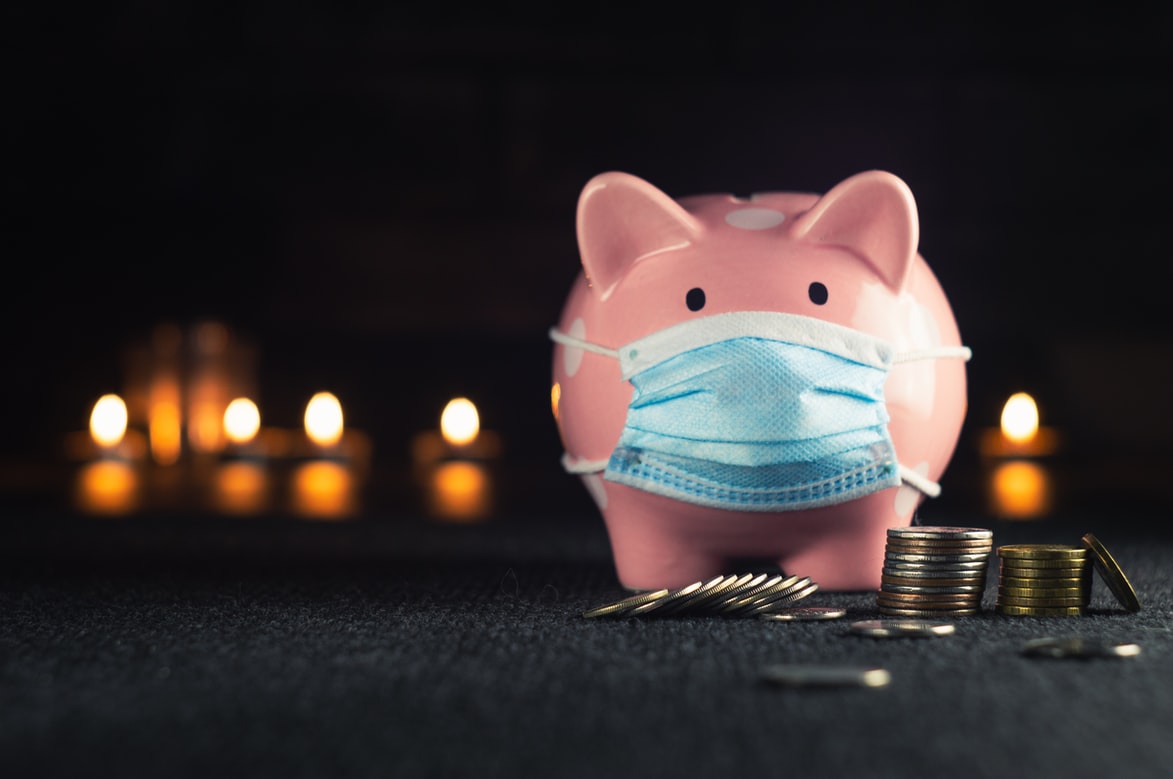
Two-thirds of college graduates leave college with some college loan debt. The average student owes close to $25,000 and this includes both the original amount borrowed and accrued interest.
Students who have federal student loans from the government won’t be able to start repaying their loans until six months after graduation. Most students will then enter a 10-year repayment period.
Sitting Loans Getting Bigger
Even though federal school loans don’t require payments, interest continues to accrue even if a student is at least half-time in school.
Unsubsidized loans will result in accrued interest being added to the loan balance, capitalized and the student responsible for paying it.

Subsidized federal college loans have lower award amounts than unsubsidized loans, and are only available to students who show financial need. The government will pay the interest while the student is still in school, during a grace period or another period of deferment.
Unsubsidized loans make up the majority of student college loan debt. These loans are more expensive as you progress through college and because interest builds up, it becomes larger.
Preventing interest bloat
There are steps that you can take as a student to stop the ballooning of your school loan debt. There are many ways to manage student loan debt, and reduce the burden of interest charges. This applies both while in school and after graduation.
Even small steps can make a big difference in reducing the amount you owe on college loans at graduation. This could reduce the time it takes to repay the loans, which can be anywhere from 10 to 7 years.
1 Make interest-only payments
Many student borrowers don’t make student loan payments while they are in school. This leads to student loans growing as interest charges and accumulating.
You can avoid this “interest bloat” by simply making monthly interest-only payment, which will cover the interest charges accrued each month.
Unsubsidized federal undergraduate loans have an interest rate of 6.8 percent. Credit fulger aprobat online The monthly interest on a $10,000 loan is only $56.67. You can keep your loan balance at a manageable $57 per month by paying $57 while you are in school.
2 Make small, but significant, payments to your principal
You can keep your loan balances under control while you are in school. However, you can decrease your debt burden by paying a little more each month. This will not only cover interest charges, but also makes payments towards your loan principal (the original balance).
The principal is first, followed by any interest. Your principal balance will be reduced if you make payments that exceed the amount of accrued interest. You can reduce your college loan debt by paying down your principal balance during your grace period or while you are still in school. Even if it is only $10 or $15 per month, this will help to reduce your student loan debt load by at most a few hundred dollars.
You can reduce your total debt by decreasing the monthly payment you make to your loan provider once you graduate from school. This will also help you decrease the time it takes to repay your remaining loan balance.
3 Don’t forget your private student loans
This prepayment strategy is also applicable to private non-federal student loans.
While some private education loans require interest-only payments while in school, others, such as federal loans, allow for deferred payments. However, interest will continue accruing as with federal loans.
Private student loans typically have shorter repayment terms than federal loans, and higher variable interest rates. This means that your private loan balances can balloon more quickly than federal loans, and quickly spiral into the thousands. Making interest-only or principal-and-interest payments will help you keep your private loan debt under control.
4) Search for other sources of student aid

If your student loan interest payments start to exceed what you can afford, it could be an indication that you are relying on college loans too heavily and that you have a debt load that is beyond your ability to pay.
You can reduce your borrowing by applying for scholarships and grants, reducing living expenses, and finding part-time employment.
You should not lose track of the amount you owe on school loans as a student borrower. You’ll be able to better understand your financial situation after graduation by keeping track of your student loan balances via monthly prepayments.
You can also build good credit by having a sound prepayment strategy. This will help you plan for your financial future and ensure that your college loan debts and student loans are under control.






